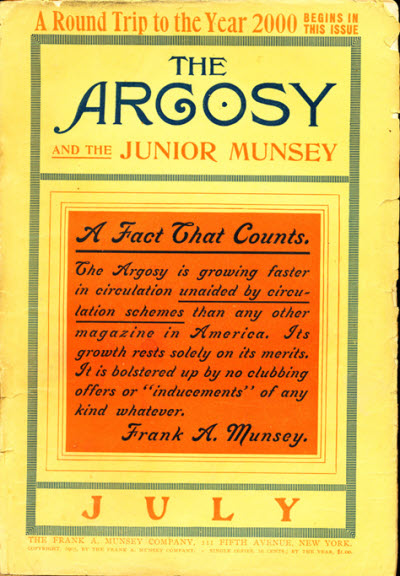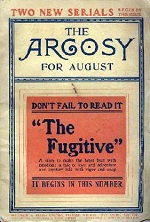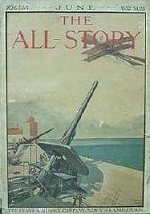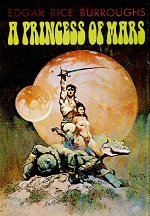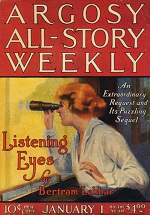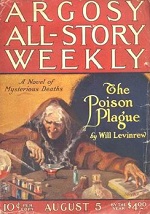Novel
A Round Trip to the Year 2000; or a Flight through Time
- by W. W. Cook
- serialized in Argosy, July to October 1903
Pursued by Detective Klinch, Everson Lumley takes up Dr. Alonzo Kelpie’s offer to whisk him off to the year 2000 (in his time-coupé) where Lumley first observes various scientific marvels and then realizes that Klinch is still chasing him through time and into more adventures. All that, and there’s also a 1913 sequel!
William Wallace Cook’s larger claim to fame might be his 1928 aid to writers of all ilk: Plotto: The Master Book of All (1,462) Plots. —Michael Main
William Wallace Cook’s larger claim to fame might be his 1928 aid to writers of all ilk: Plotto: The Master Book of All (1,462) Plots. —Michael Main
Although your enemy is within a dozen feet of you, Lumley, he will soon be a whole century behind, and you will be safe.

